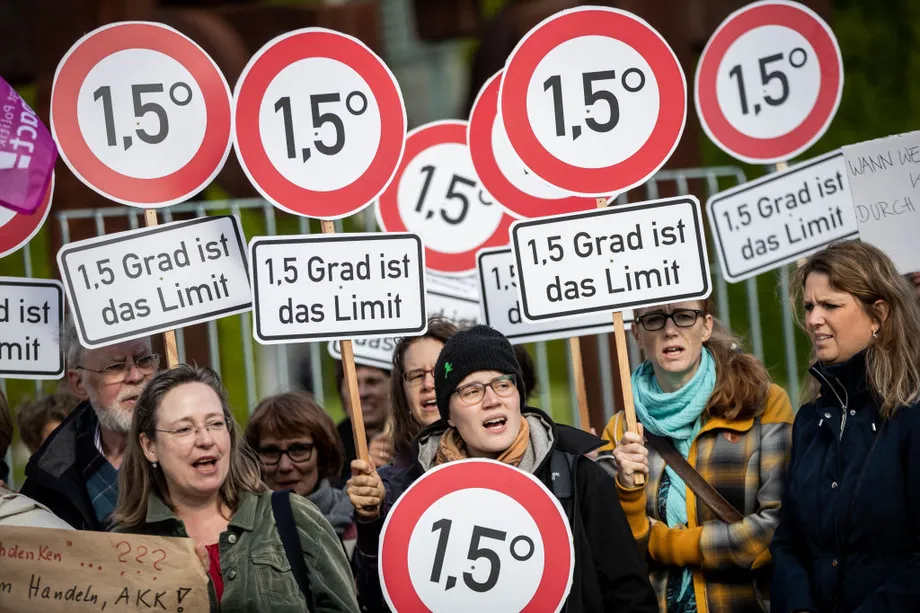
As outlined in the Paris Agreement, is not inherently flawed, but there are several arguments and challenges associated with this target. It’s essential to understand both the benefits and the complexities of this target:Achieving the 1.5°C target is challenging and expensive. It requires rapid and deep emissions reductions across all sectors of the global economy. This may entail significant economic costs and potential disruptions to industries heavily reliant on fossil fuels.Some argue that focusing on such an ambitious target could harm economic growth and employment, particularly in industries that rely on fossil fuels. Balancing the need for emissions reductions with economic stability is a delicate challenge Limiting global warming to 1.5°C may require more aggressive mitigation efforts in developing countries, which may impede their economic development and access to energy. The burden of addressing climate change should be distributed fairly.Achieving this target relies on the widespread deployment of advanced technologies that may not be readily available or affordable, especially in many developing nations.
Meeting the 1.5°C target may necessitate the use of unproven negative emissions technologies, such as carbon capture and storage (CCS) or large-scale afforestation, which carry their own uncertainties and potential risks. Overemphasizing the 1.5°C target may divert attention and resources from adaptation efforts, which are crucial for coping with the inevitable impacts of climate change, especially in vulnerable regions.Policy and Political Challenges: Implementing the necessary policies to meet the 1.5°C target can be politically difficult, as it requires coordinated and sustained efforts across multiple countries, often with conflicting interests.Focusing solely on temperature targets may ignore other important aspects of climate change, such as the loss of biodiversity, ecosystem degradation, and impacts on human health.
Setting highly ambitious targets without a clear path to achieve them can lead to disillusionment and inaction if these targets prove unattainable.It’s worth noting that the 1.5°C target was established based on scientific assessments of the risks associated with different levels While it is a challenging goal, many scientists argue that limiting warming to 1.5°C can help prevent more severe climate impacts. However, the discussions around this target highlight the need for a balanced approach that considers the scientific, economic, and social complexities of addressing global warming. Achieving the 1.5°C target will require careful planning, international cooperation, and a just transition for all.



